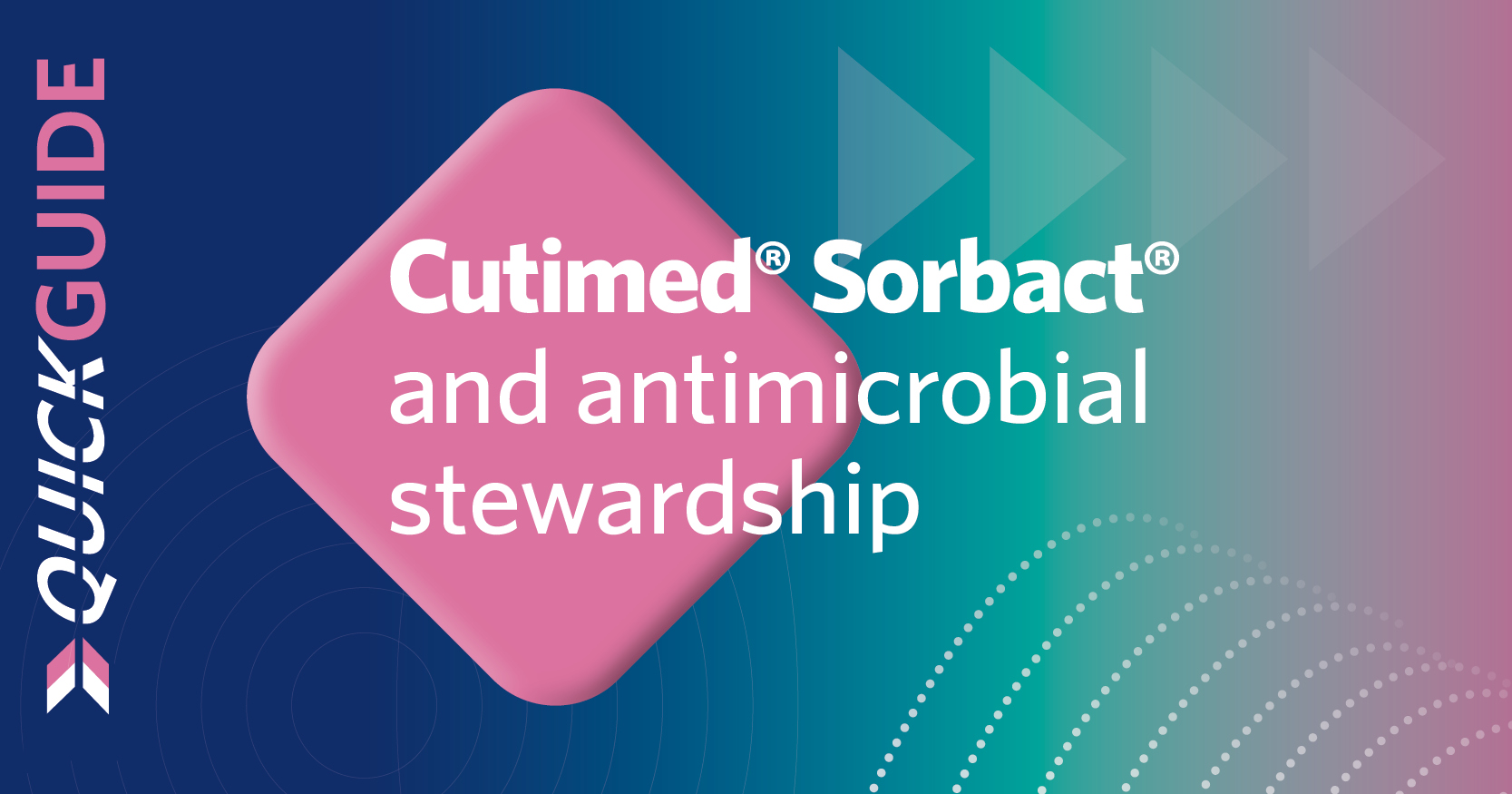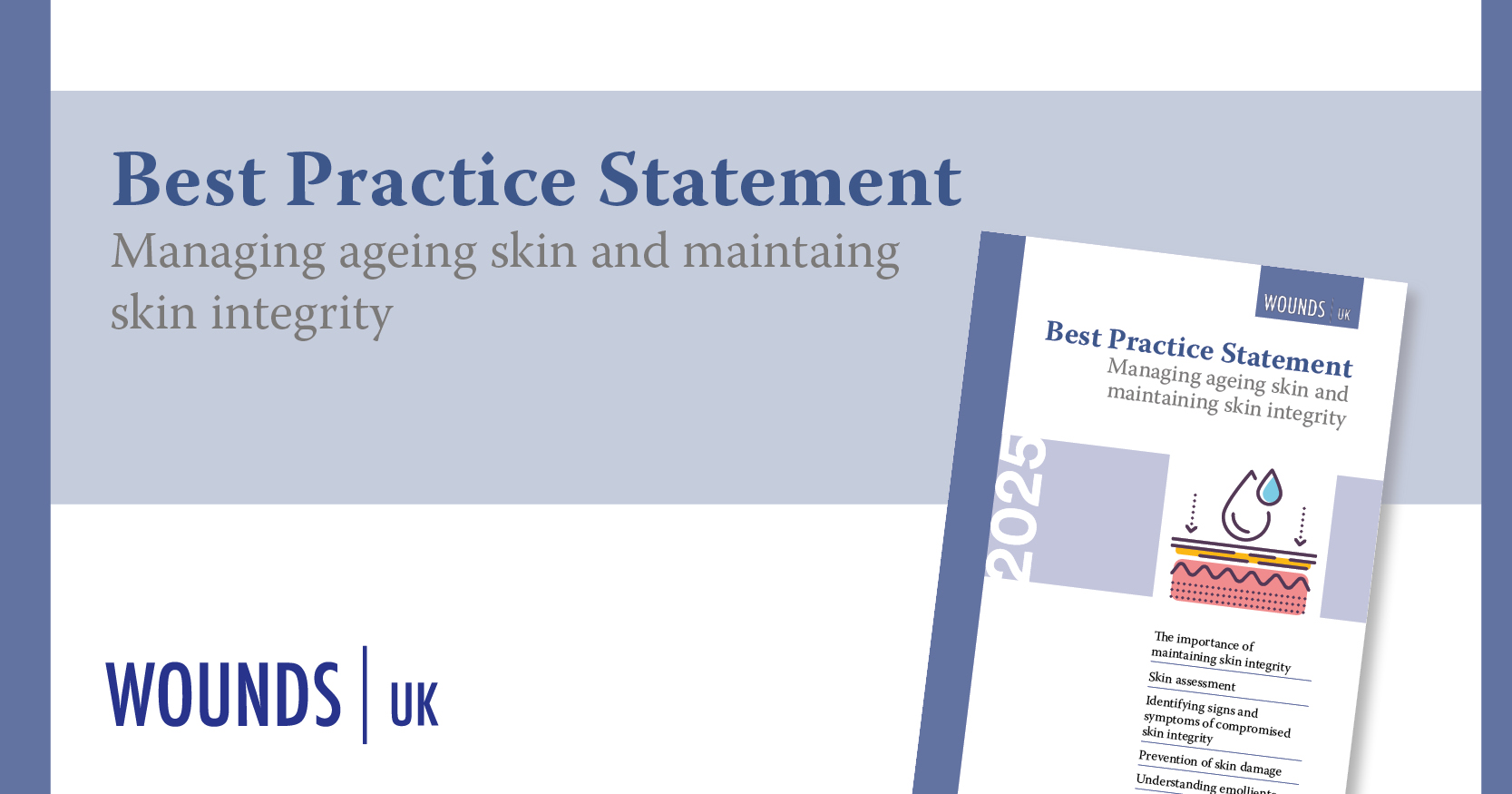Antibiotics have been used for many years in wound care to treat spreading and systemic infections, in both acute and chronic wounds. However, the widespread use and misuse of antibiotics across medicine and other sectors has allowed the emergence of microbial strains with resistance to one or more antibiotics.
Currently, none of the 43 antibiotics in clinical development or recently approved are sufficient to tackle the growing emergence and spread of antimicrobial resistance (AMR)1. Despite increasing awareness of the urgent threat of AMR, the world needs to combat antibiotic resistance in more ways than just with the formulation of new antibiotics.
The United Nations and other international agencies estimate that, if no action is taken, antimicrobial drug-resistant diseases could cause 10 million deaths each year by 2050, costing £66 trillion3.
The solution to reducing and preventing further AMR is a multi-modal approach known as antimicrobial stewardship (AMS). This approach includes the following:
- Infection prevention
- Using antimicrobial treatments sparingly to preserve their future effectiveness
- Improving safety and quality of patient care4.
Download the full Quick Guide below.





